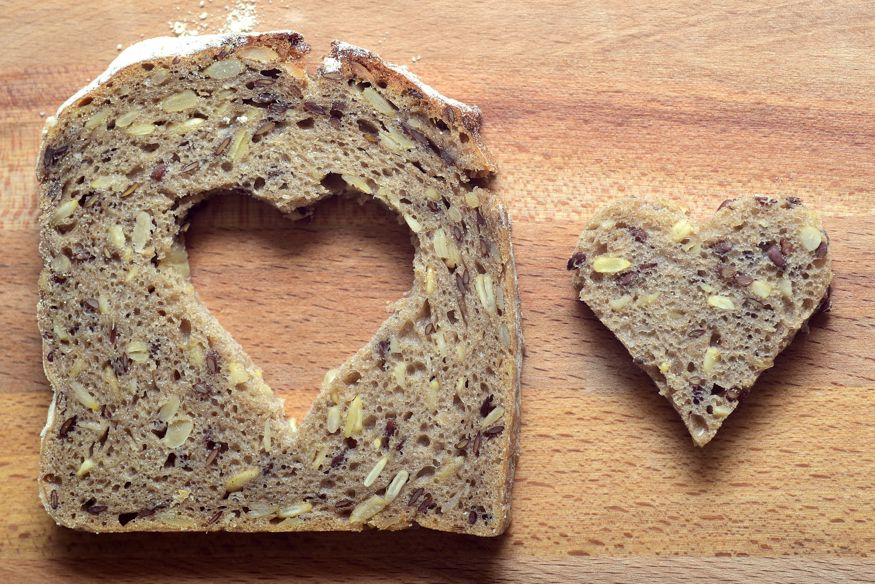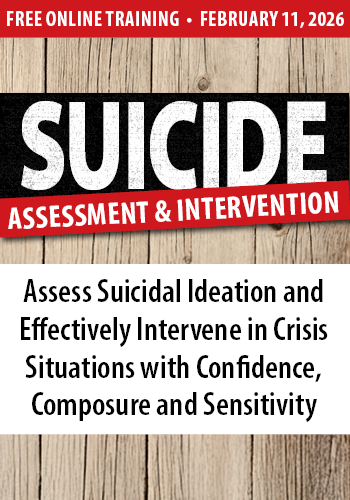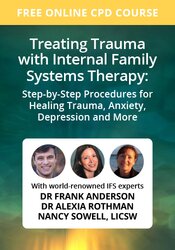Enrol in an online course today for flexible, self-paced learning—no fixed schedule required. Plus, enjoy lifetime access to course materials for convenient revisiting.
Kitchen Therapy with Teenagers: Becoming, Belonging and Baking Bread

Our birth means the journey of separation begins. The bridge between you, me and we is, of course, food. The loss of weaning, the initiation into impermanence, is compensated for by access to the group and the array of taste sensations therein. In Nature’s order, the baby exchanges the limits of the dyad for joining the group, partaking of social bread with other family members.
The way we are fed needs to change as we grow into ourselves. But our need for the sustenance of attachment and physical nutrition is on-going, the Bridge of Food remains. Margaret Mahler describes this process in The Psychological Birth of The Human Infant. The life-long process of separation and individuation is punctuated by the need for rapprochement – the child returning to refuel and regulate fears of abandonment, hubris and exuberance – reminding us of our constant need to belong.
One of my favourite discoveries in therapy training was Winnicott’s notion of ‘creative omnipotence’. That the hungry baby feels they have conjured the breast as their need went out into the ether is a wonderful way to understand the origins of the human mind (and our unique experience). It is also the energy that one might find – and find slightly less endearing! – in our teenager, who may seem more omnipotent than creative.
Expressing independence and experiencing constancy through cooking
Kitchen Therapy seeks to capture this potent, enduring, shape-shifting energy and provide framework for change.
A teenager’s need to individuate whilst maintaining belonging is an arduous task for all concerned, and the carer needs to lead the adaptation to this emergent being. The give and take of food in our homes, renegotiating who feeds who, when and how, can be a profoundly practical and connecting way of working through the separation injunction that can be so divisive.
The kitchen may offer a place of constancy where fluctuating self-states and object-relations can be returned to, discovered and reformed around the oven.
My firstborn was reaching into adolescence as I reached into being a therapist – we were undergoing a transformative process together, a dance we had spun since her birth. She was my much-loved and most demanding teacher. I had become incredibly busy, distracted and self-focused and she was sharp with a lesson: “Why is there no bread mum?!?!” During this time of change I had also begun cookery teaching. A recipe was ready. “How about I show you how to make soda bread?”
The fight for outgrown positions became a new dance. My teenage daughter leapt at the chance to express her independence, creative ability and call to action – she made bread that we all got to eat (and enjoy). In one hour, this child became a grown member of the pack, claiming her identity as an able caregiver for herself and others. The timeless activity of simple bread making held the child-parent-adult in us both. Our mutual anxieties around change were calmed by the exchange of kneading and feeding roles.
Making and talking about food with teenagers
In clinic, too, I have found that making or talking about food with teenage clients can be a way of connecting that is useful, engaging and motivating. The family setting, using cooking as an attachment-based therapeutic intervention, is where Kitchen Therapy began, and I believe it offers a great way into family work.
Making food can be a helpful way of opening communication with teens. At a time when we may stop speaking the same language, returning to the Bridge of Food can allow us back into a shared space of understanding. Our parasympathetic nervous system is calmed and pleased as we take part in this basic attachment task, sidestepping the potentially pressurised ‘let’s talk…’.
In this kitchen context, communication can surface through the reassurance of ‘getting somewhere’ in meal making. Roles are renegotiated, needs and thoughts heard and expressed in the stable, sensory comfort of a kitchen.

















